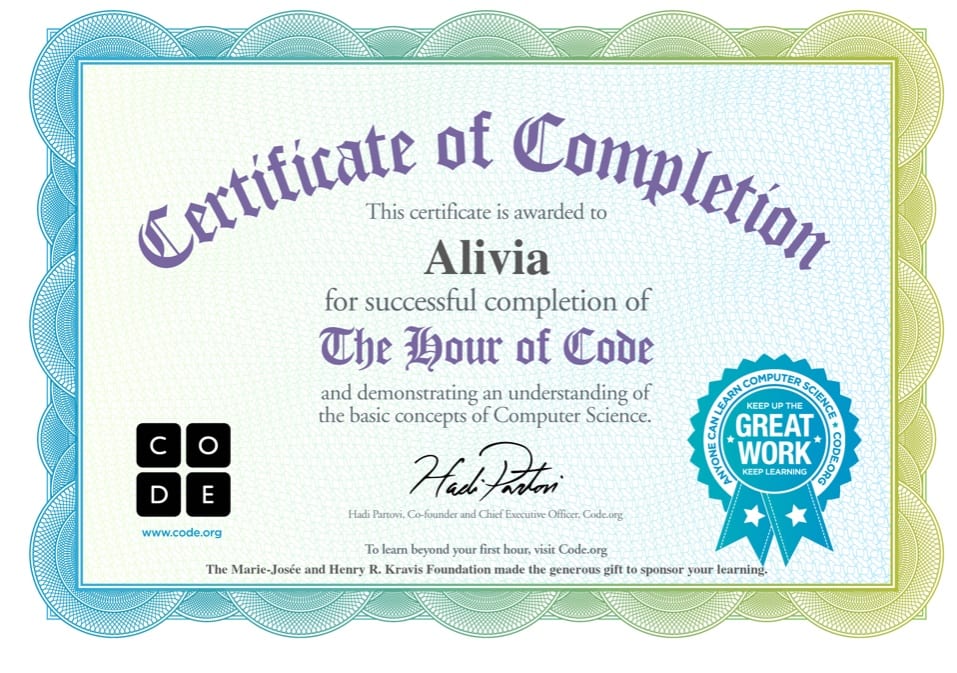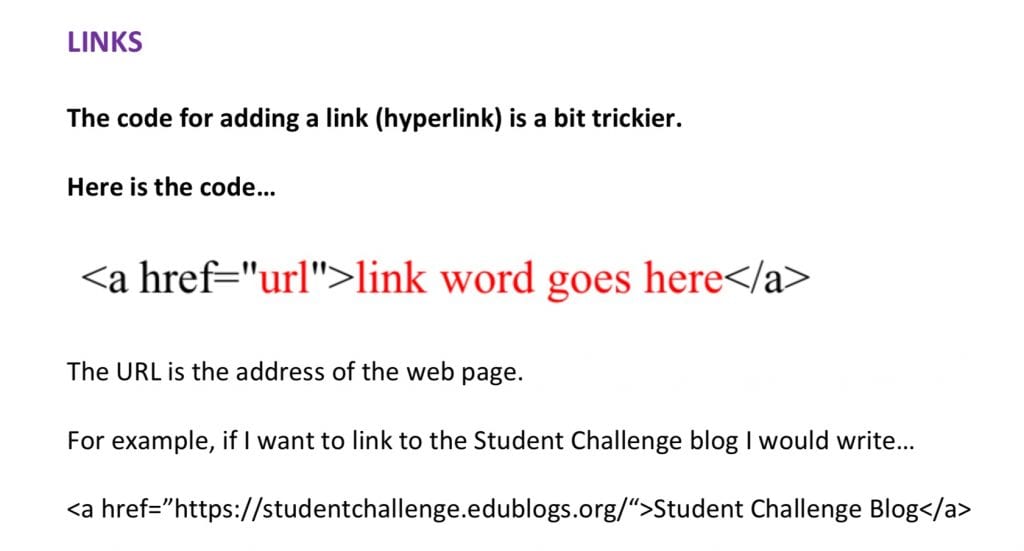In Scimathics throughout the month of December, and a little bit of January, we’ve been looking at expanding and factoring algebra. To do this, we’ve used algebra tiles, which are shapes that represent the equations. For example, (x + 3)(3x + 2) would translate to
After learning about all this, we had to create a game. This game would use algebra tiles to expand and factor different algebraic equations. We created Tower Ball. The goal of the game is to protect your tower from your opponent. We made a video explaining the rules.
I learned a lot from this video. But instead of doing my usual reflection, we’ve been asked by our teacher to choose different curricular competencies that we worked on during this project and explain how we used them. So that’s exactly what I’m doing!
Connect mathematical concepts with each other, other areas, and personal interests.
For this project, and most projects, it makes it more interesting when you add your personal interests. When you do this, it pushes you to do better. For this project, I made the game have a medival theme. The tower is based off of a tower that I used to drive past often. I feel as though this theme really added to the game, and made it more fun to play!
Think creatively and with curiosity and wonder when exploring problems.
When given the task of creating a game that uses algebra tiles to expand and factor algebraic equations, a lot of us had to really think of what to do. It was hard to come up with an idea, let alone one that would be fun. Me and my partner Tamara looked down several pathways, trying to find a viable idea. Then finally, after many ideas, we came up with tower ball. It would be fun, as including not only math, but also construction and destruction. What more could you want?
Visualize to explore and illustrate mathematical concepts and relationships.
Algebra tiles played a huge part in this project, and their main purpose is to help people visualize algebraic equations, in an actual, physical form. Using the algebra tiles while learning about these concepts was hugely beneficial. When I had these physical things, it really helped me fully comprehend what we were learning. In the video, I think we demonstrate this well. We show how a number, the values on the cards, can be used to solve these equations.
Represent mathematical ideas in concrete, pictorial, and symbolic forms.
Again, this was mostly shown by the algebra tiles. These small pieces of plastic, or in the case of our video, abstract shapes, give physical form to mythical numbers. It demonstrates the intricacies of algebra, while being simple enough that a 5 year old could use them. The tiles show how the math works as well. You can see what’s multiplied together, and come to understand this complicated medium.










